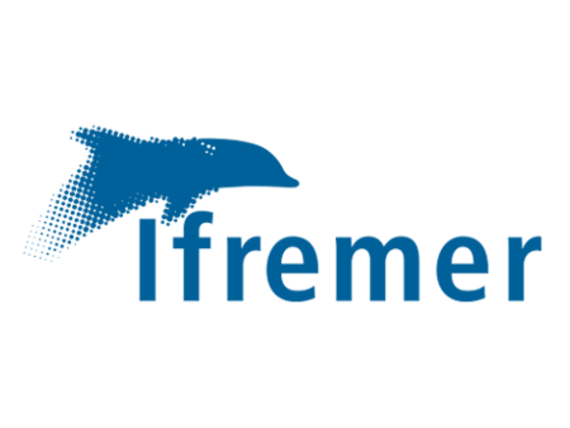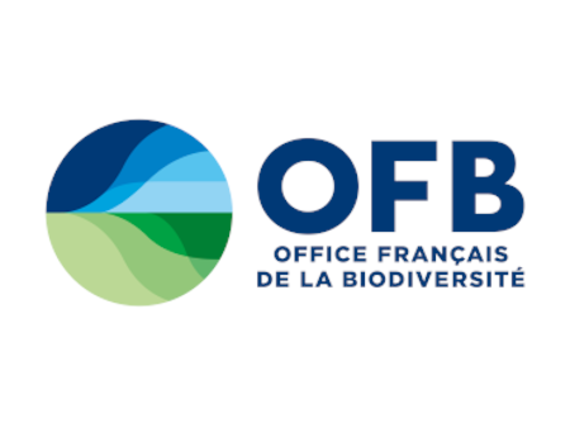Development of conservation status indicators for seagrass beds
Postdoctoral position of Vinita Vijayaraj (2023-2024)
To identify conservation status indicators for seagrass meadows along the French Coast (English Channel–Atlantic Coast–Mediterranean Coast)
A challenge in the search of conservation status indicators for seagrass meadows is the high variability in seagrasses morphometric traits along spatial and temporal scales.
In the current study, seagrass meadows along the French Coast (the English Channel, Atlantic Coast and Mediterranean Coast) are analyzed for their efficiencies of space occupancy. Sites include Lancieux, Gulf of Morbihan, Arcachon Bay and Thau Lagoon. Both Zostera marina and Nanozostera nolteii are studied.
Despite varying morphometric traits, the most efficient seagrasses stock more biomass per unit density. The distances of each seagrass meadow to the seagrass interspecific boundary line (i.e., dgrass) are measured. The closer the meadows are to the interspecific boundary line, the less space is left to be occupied and the healthier the meadows. Meadows are then compared among each other to classify them as minimum, low, moderate, and maximum ecological status. Additionally, regression analyses between seagrass traits and dgrass are performed to identify suitable nondestructive and easy-to-measure indicators.
However, the conservation status cannot be established without also characterizing the environmental pressures faced by these meadows. For all four sites, physical pressures, eutrophication and environmental conditions will also be analyzed to determine the likelihood of future decline of seagrass beds.
Supervisors: Touria Bajjouk (LEBCO), Nicolas Desroy (LER-BN, Ifremer), Jérôme Fournier (MNHN)
Collaborations:
Funding:









